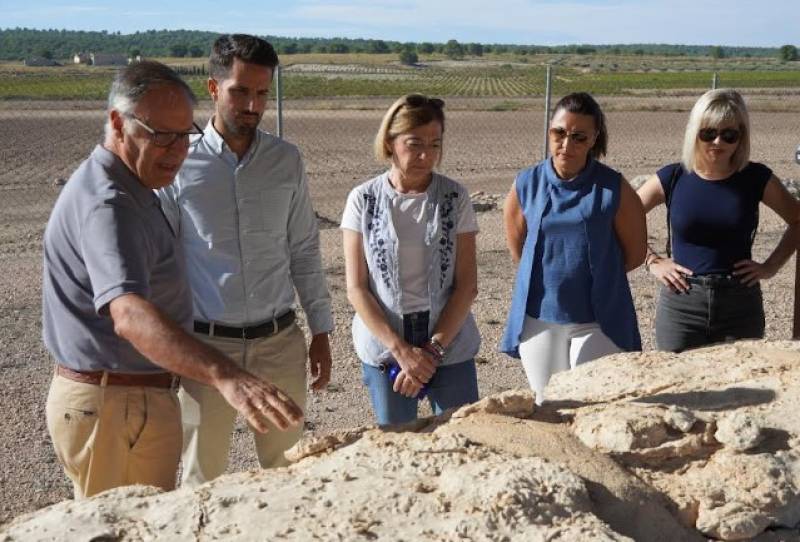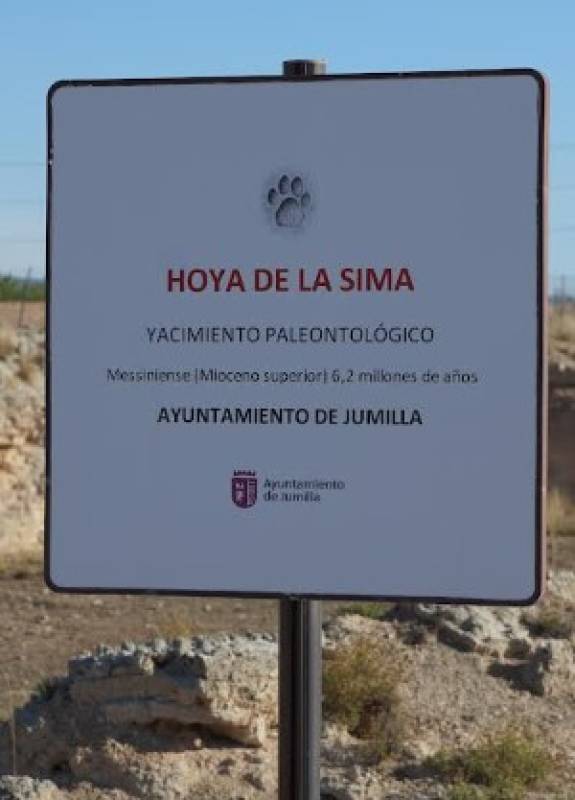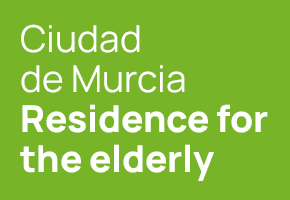- Region
- Águilas
- Alhama de Murcia
- Jumilla
- Lorca
- Los Alcázares
- Mazarrón
- San Javier
-
ALL AREAS & TOWNS
- AREAS
- SOUTH WEST
- MAR MENOR
- MURCIA CITY & CENTRAL
- NORTH & NORTH WEST
- TOWNS
- Abanilla
- Abarán
- Aguilas
- Alamillo
- Alcantarilla
- Aledo
- Alhama de Murcia
- Archena
- Balsicas
- Blanca
- Bolnuevo
- Bullas
- Cañadas del Romero
- Cabo de Palos
- Calasparra
- Camping Bolnuevo
- Campo De Ricote
- Camposol
- Canada De La Lena
- Caravaca de la Cruz
- Cartagena
- Cehegin
- Ceuti
- Cieza
- Condado de Alhama
- Corvera
- Costa Cálida
- Cuevas De Almanzora
- Cuevas de Reyllo
- El Carmoli
- El Mojon
- El Molino (Puerto Lumbreras)
- El Pareton / Cantareros
- El Raso
- El Valle Golf Resort
- Fortuna
- Fuente Alamo
- Hacienda del Alamo Golf Resort
- Hacienda Riquelme Golf Resort
- Isla Plana
- Islas Menores & Mar de Cristal
- Jumilla
- La Azohia
- La Charca
- La Manga Club
- La Manga del Mar Menor
- La Pinilla
- La Puebla
- La Torre
- La Torre Golf Resort
- La Unión
- Las Palas
- Las Ramblas
- Las Ramblas Golf
- Las Torres de Cotillas
- Leiva
- Librilla
- Lo Pagan
- Lo Santiago
- Lorca
- Lorquí
- Los Alcázares
- Los Balcones
- Los Belones
- Los Canovas
- Los Nietos
- Los Perez (Tallante)
- Los Urrutias
- Los Ventorrillos
- Mar De Cristal
- Mar Menor
- Mar Menor Golf Resort
- Mazarrón
- Mazarrón Country Club
- Molina de Segura
- Moratalla
- Mula
- Murcia City
- Murcia Property
- Pareton
- Peraleja Golf Resort
- Perin
- Pilar de la Horadada
- Pinar de Campoverde
- Pinoso
- Playa Honda
- Playa Honda / Playa Paraíso
- Pliego
- Portmán
- Pozo Estrecho
- Puerto de Mazarrón
- Puerto Lumbreras
- Puntas De Calnegre
- Region of Murcia
- Ricote
- Roda Golf Resort
- Roldan
- Roldan and Lo Ferro
- San Javier
- San Pedro del Pinatar
- Santiago de la Ribera
- Sierra Espuña
- Sucina
- Tallante
- Terrazas de la Torre Golf Resort
- Torre Pacheco
- Totana
- What's On Weekly Bulletin
- Yecla


- EDITIONS:
 Spanish News Today
Spanish News Today
 Alicante Today
Alicante Today
 Andalucia Today
Andalucia Today
Date Published: 11/09/2025
Jumilla's Hoya de la Sima fossil site takes a big step toward official cultural protection
This new status will help safeguard and showcase one of Europe’s most extraordinary fossil footprint sites
 Jumilla is marking a huge milestone as the remarkable paleontological site of Hoya de la Sima begins its journey to becoming a recognised Bien de Interés Cultural (BIC) (an Asset of Cultural Interest). This means the site will be able to access important funding that will help protect and bring new life to this unique treasure, thanks to a master plan driven by the local ayuntamiento.
Jumilla is marking a huge milestone as the remarkable paleontological site of Hoya de la Sima begins its journey to becoming a recognised Bien de Interés Cultural (BIC) (an Asset of Cultural Interest). This means the site will be able to access important funding that will help protect and bring new life to this unique treasure, thanks to a master plan driven by the local ayuntamiento.At around 6.2 million years old, Hoya de la Sima isn’t just Spain’s largest collection of fossilised footprints, it’s one of the most treasured across Europe and even Asia. What makes it truly special is the presence of Miocene camel footprints, something you won’t find anywhere else in Europe.
Mayor Seve González shared the excitement: “This is wonderful news for our town and the scientists who study it. Having this status means we can now seek the support needed to enhance and promote a site that’s truly one of a kind worldwide.”
For the man who discovered these ancient tracks back in 1997, Cayetano Herrero, the site holds a very special place in his heart. He says, “This site is like a child to us. Over the years, it has become known well beyond our region, taught in universities across Spain, and featured in many international science papers.”
Patricio Sánchez, who oversees Cultural Heritage in the Murcia Region, also praised the site’s significance. “What makes Hoya de la Sima unique is not just its size but the sheer number and variety of footprints. It’s an international point of reference for studying Miocene-era animals and geology. Protecting it means preserving an irreplaceable window into the distant past of this land.”
As the official recognition process rolls forward, the site already enjoys some protective measures. For example, no new building work can happen nearby while it awaits the final decision, which could take anywhere from six months to three years.
This push for protection is part of a bigger plan to promote sustainable tourism. The ayuntamiento has developed a detailed plan to guide the care, study, and sharing of Hoya de la Sima with visitors and locals alike. During this, experts realised just how urgent it was to get the BIC process started, which began in earnest last June.
One of the guided tours held in Jumilla during June 2025 gave visitors the chance to see these ancient fossilised footprints up close in the countryside of Hoya de la Sima. The prints date back to the Late Miocene, between 5 and 11 million years ago, a time when sabre-toothed tigers and other large animals roamed this landscape. Located in the mountains of Sierra de la Pedrera in the north-west of Jumilla, the site sits along a path starting at kilometre 9.8 on the MU-403. Now sheltered by a protective roof, it is the only known European site preserving tracks of 'Ventian' mammals from this era.
 Spanning almost 28,000 square metres, the site holds footprints from an incredible range of prehistoric animals, from three-toed horses and sabre-toothed tigers to antelopes, bears, mastodons, and the extinct camel species Paracamelus jumillensis. Once a salty lagoon, this land tells the story of a vibrant and wild landscape from millions of years ago.
Spanning almost 28,000 square metres, the site holds footprints from an incredible range of prehistoric animals, from three-toed horses and sabre-toothed tigers to antelopes, bears, mastodons, and the extinct camel species Paracamelus jumillensis. Once a salty lagoon, this land tells the story of a vibrant and wild landscape from millions of years ago.With this new chapter of official protection unfolding, Hoya de la Sima is set to continue as a shining example of Jumilla’s rich natural history and a source of pride for the whole Murcia community.
For more local events, news and visiting information go to the home page of Jumilla Today.
Images: Ayuntamiento de Jumilla










